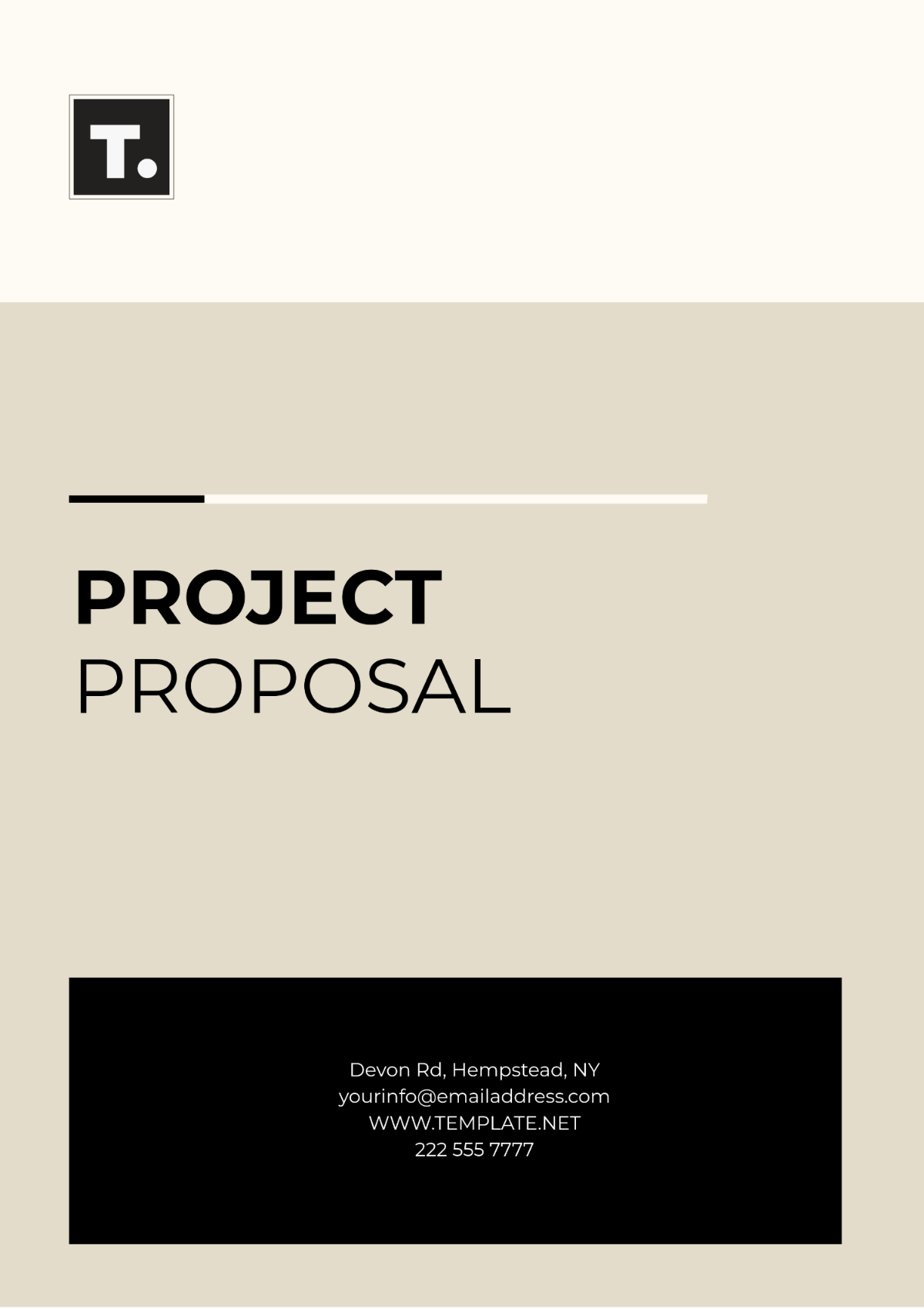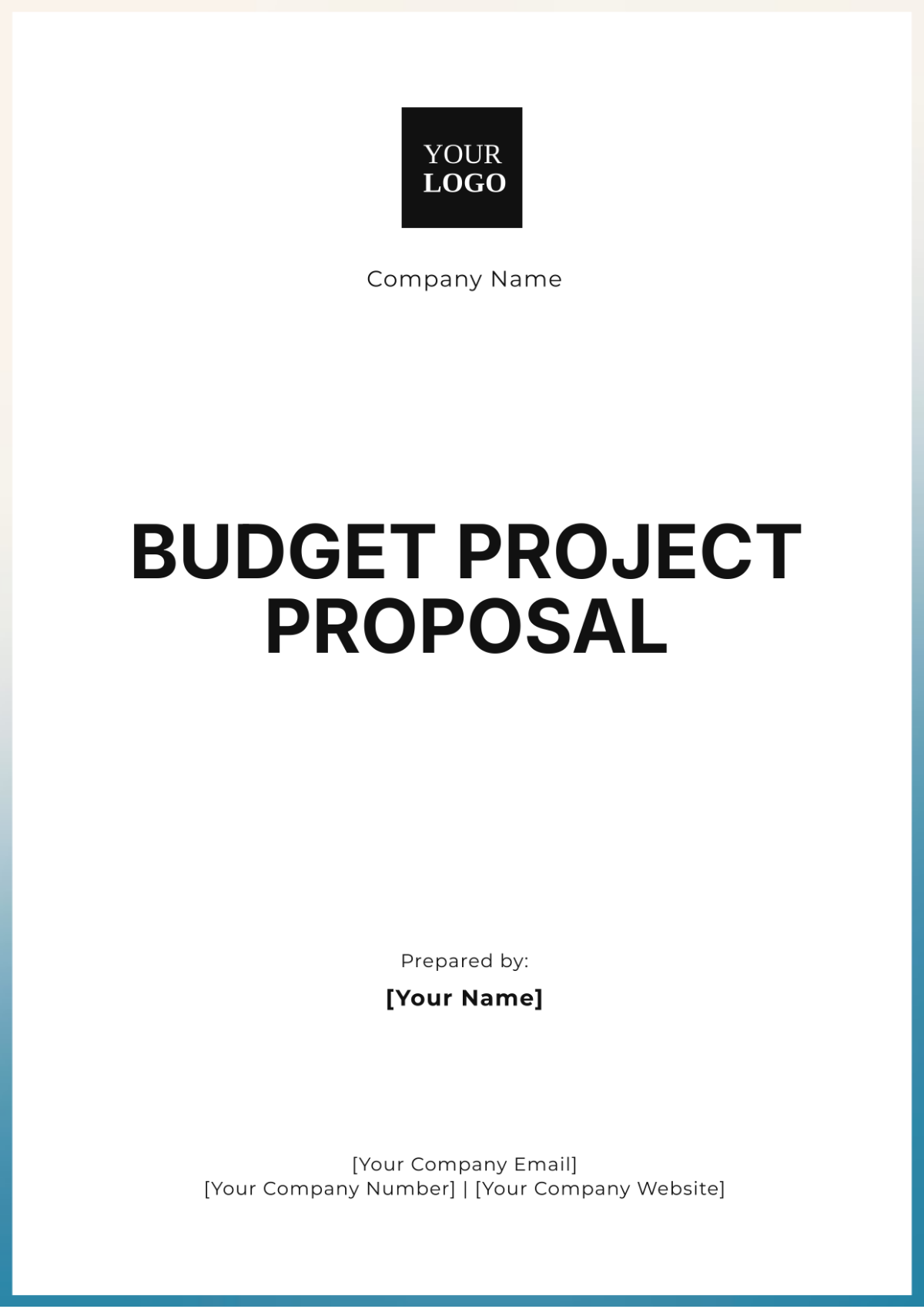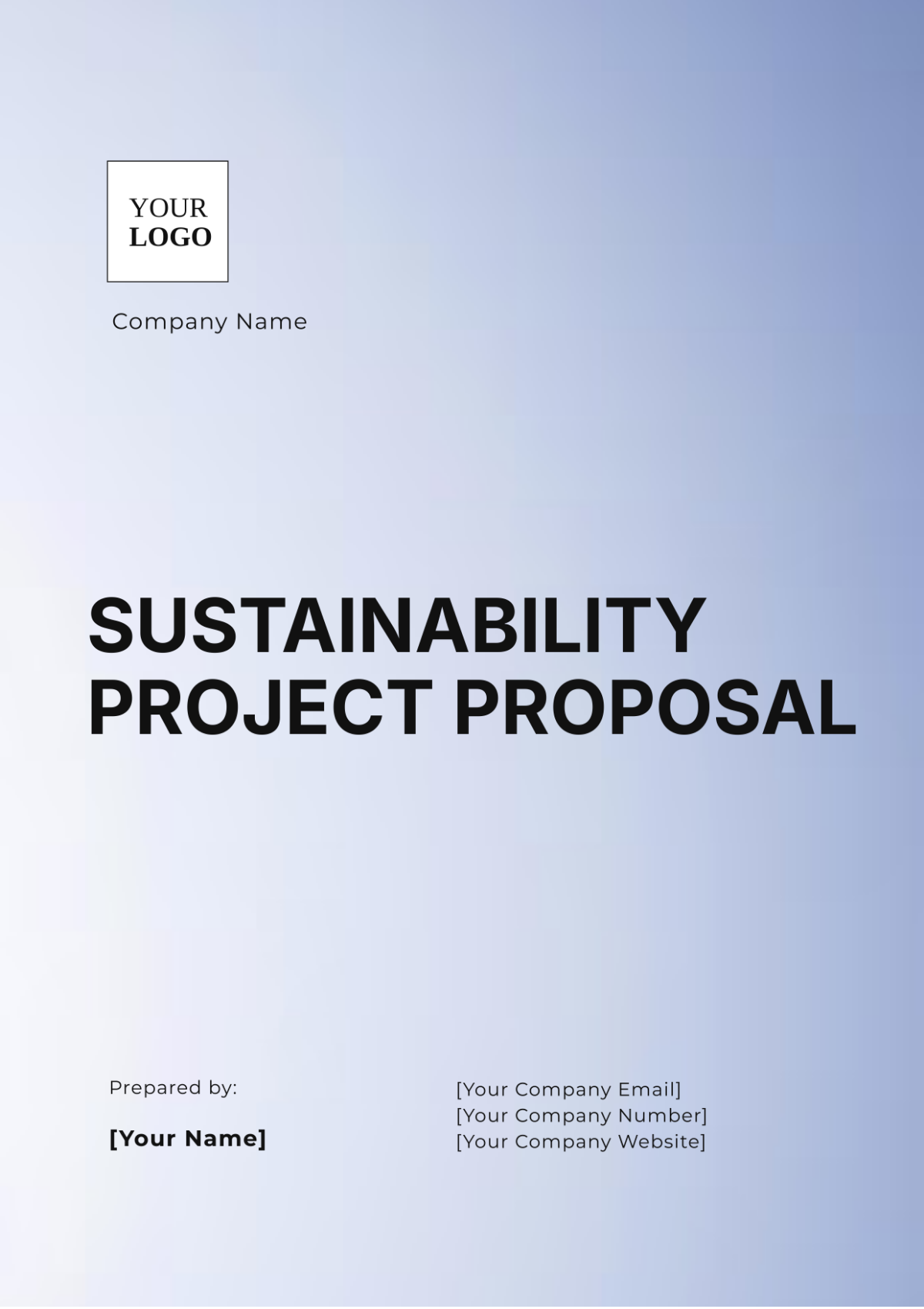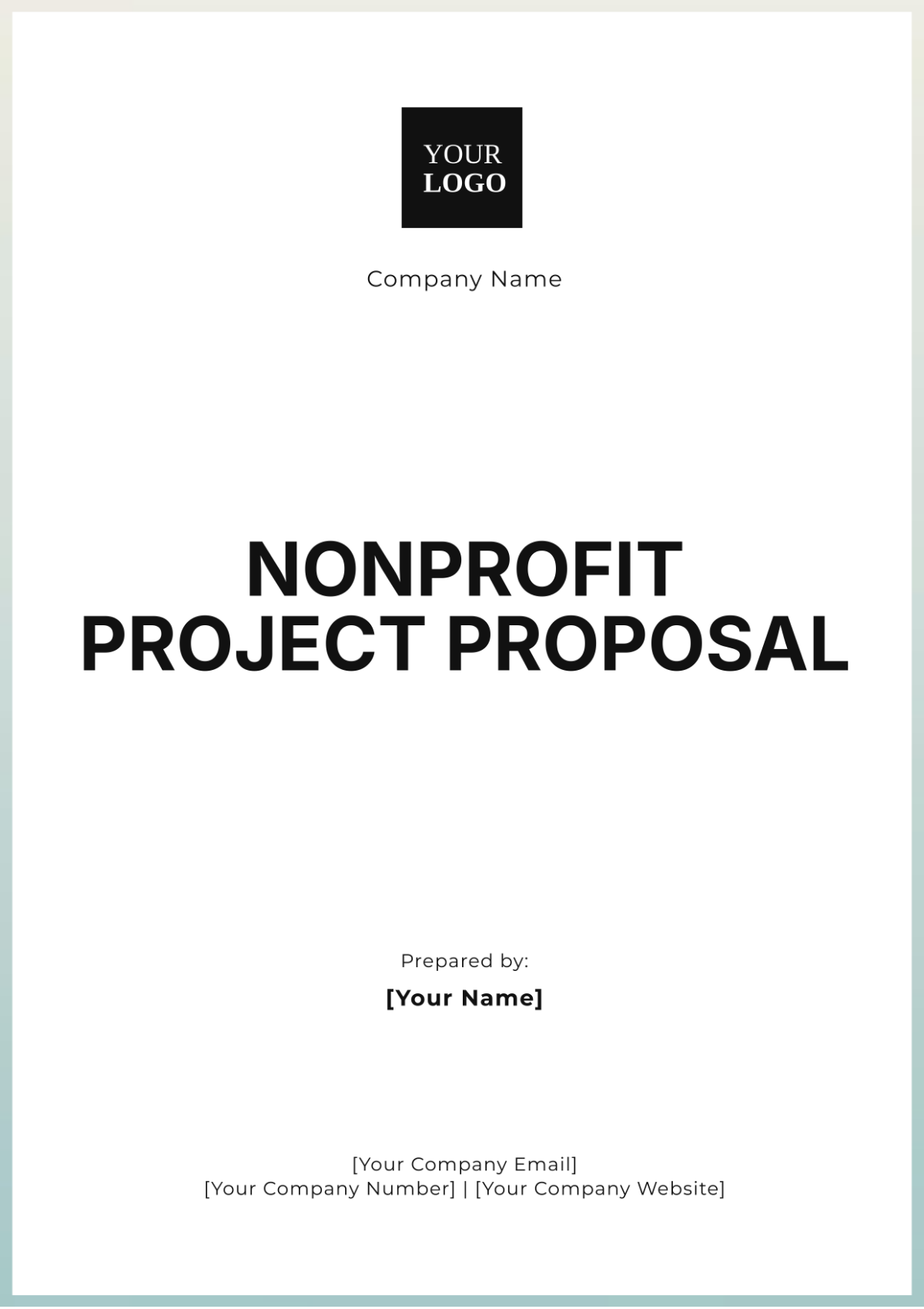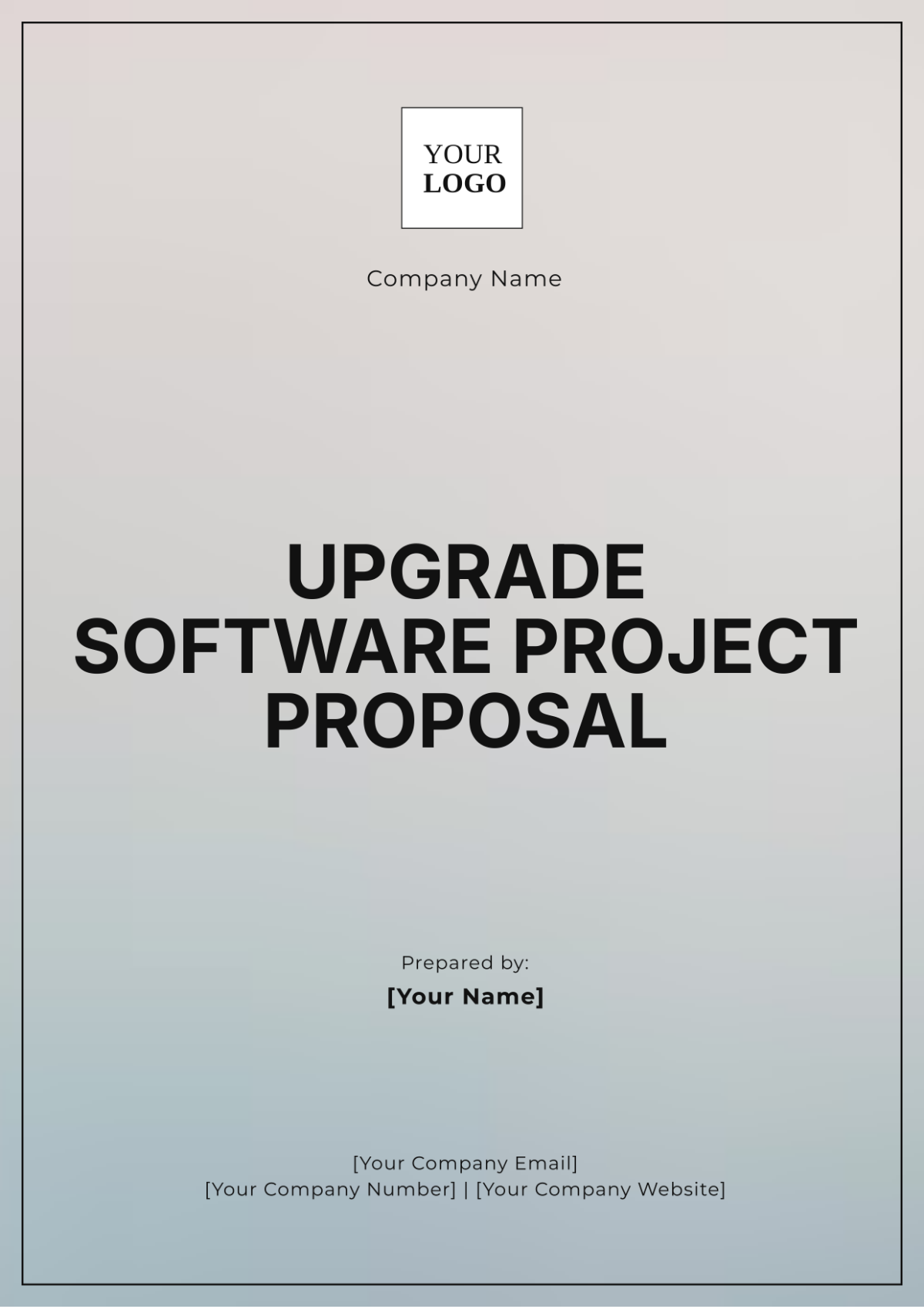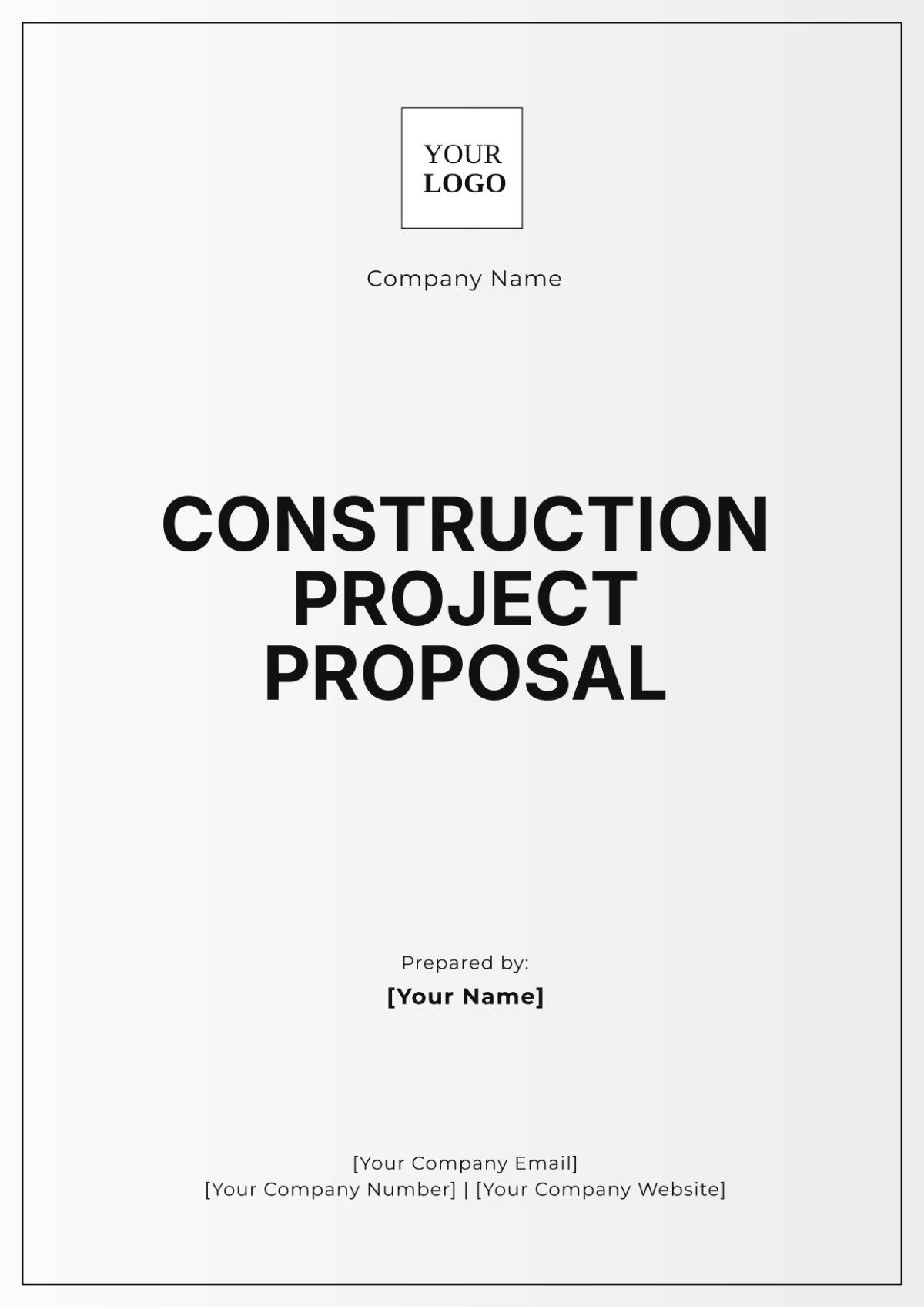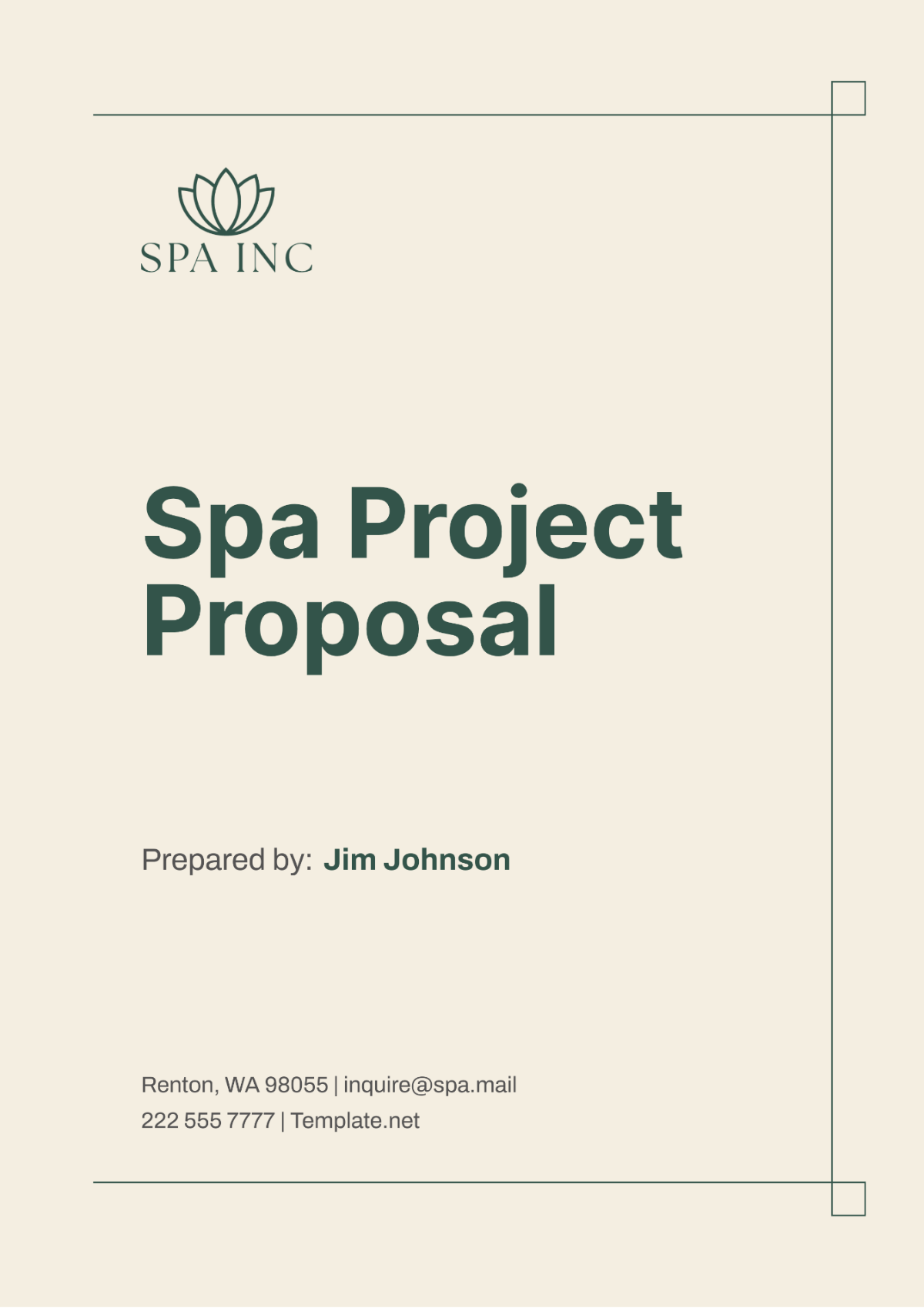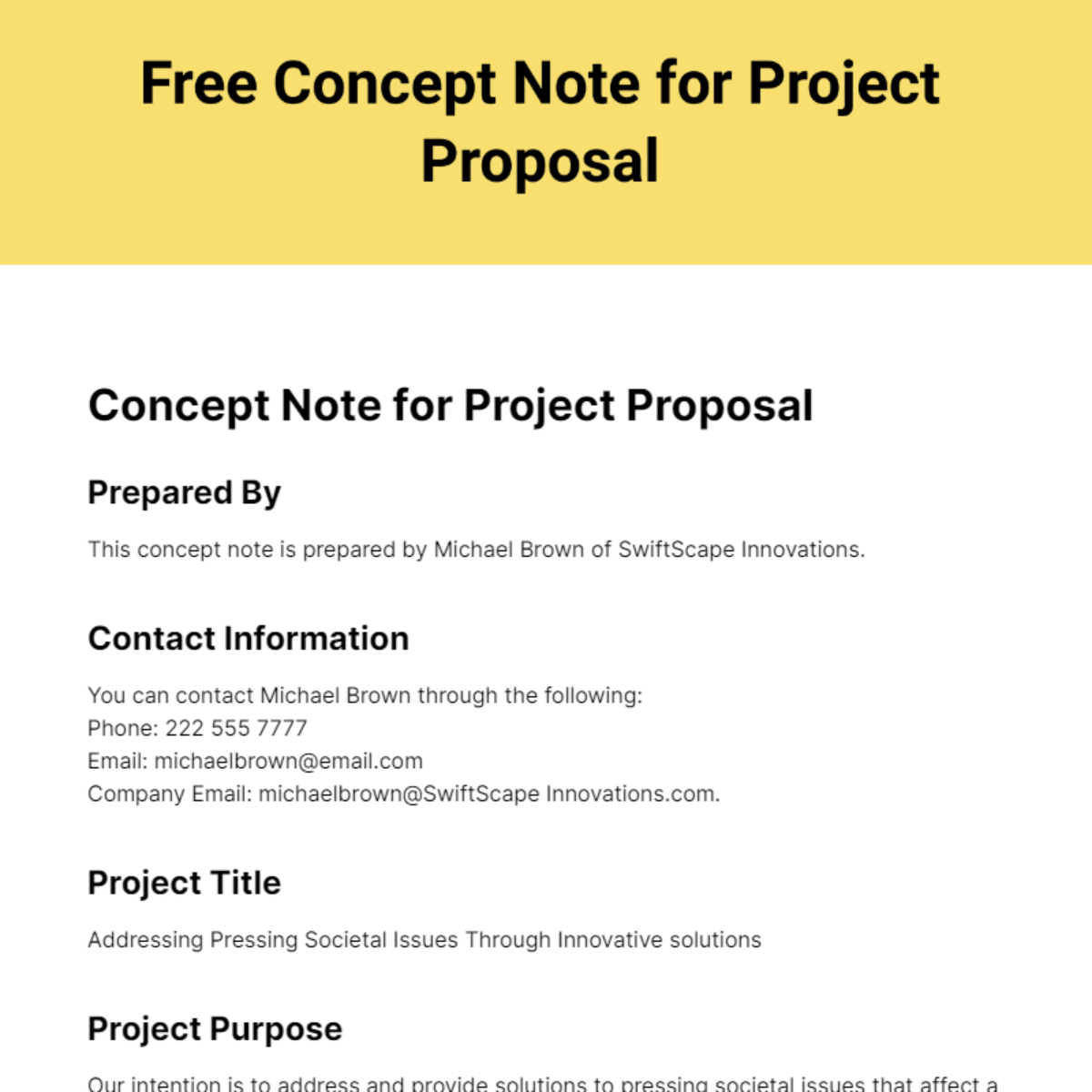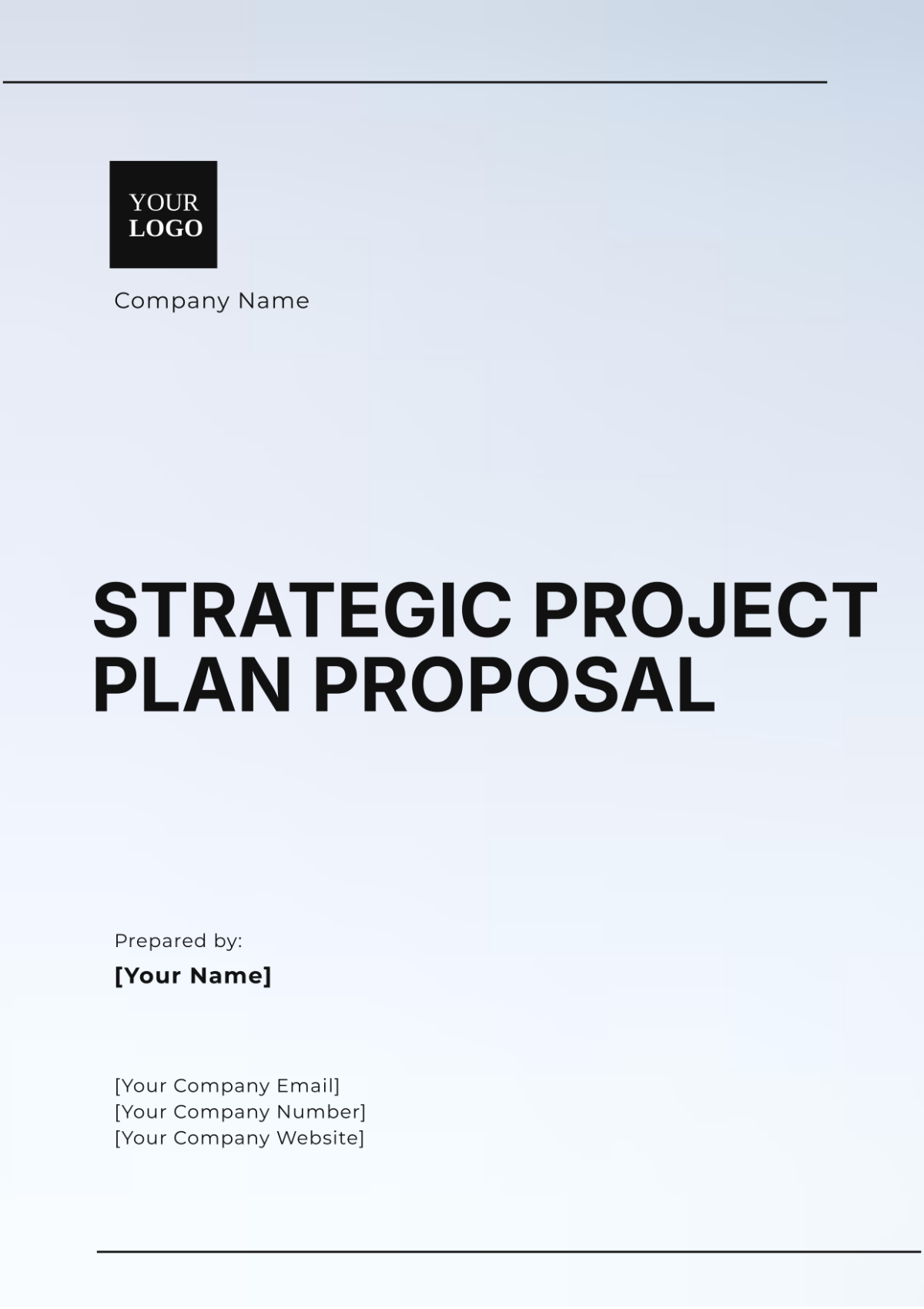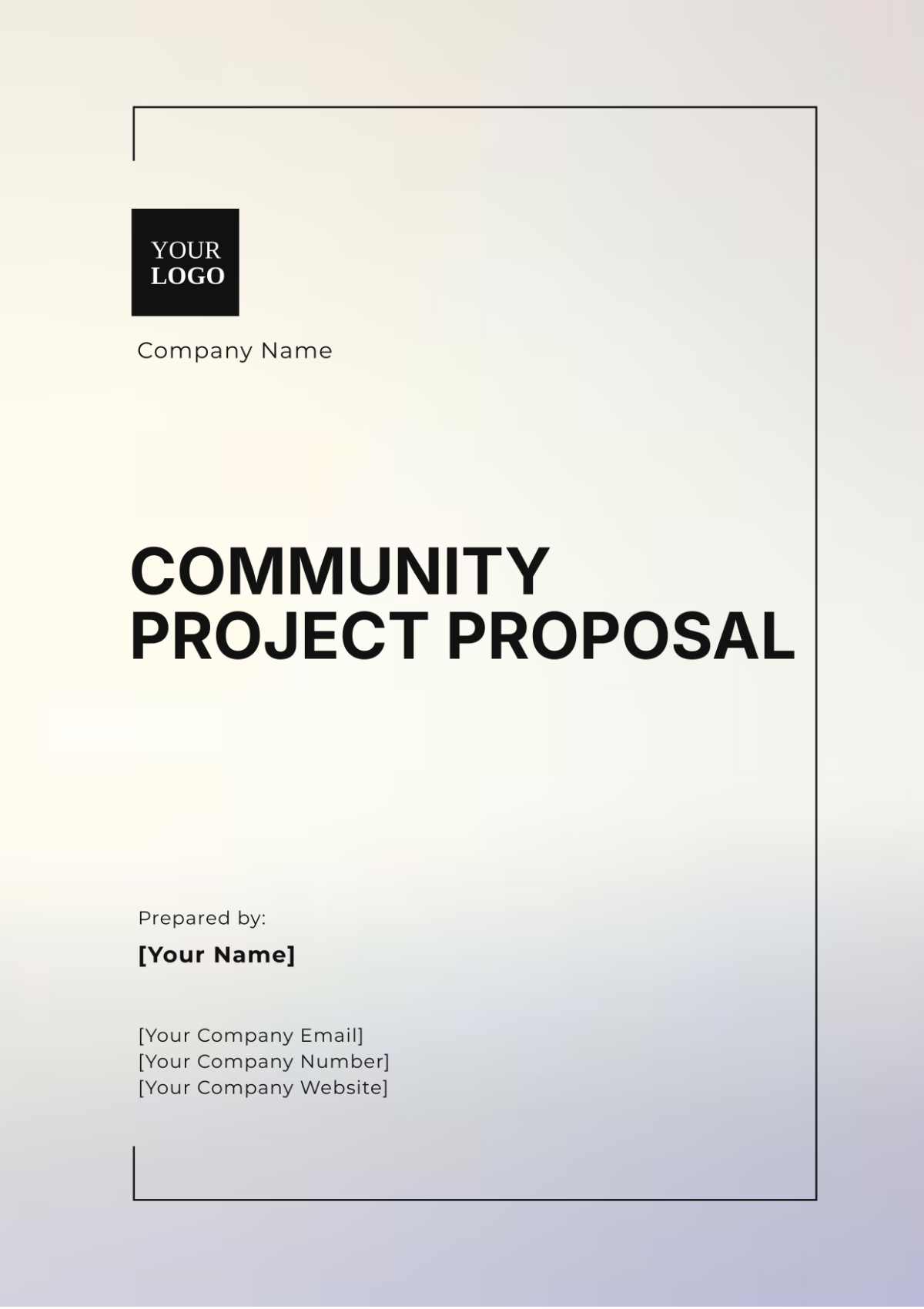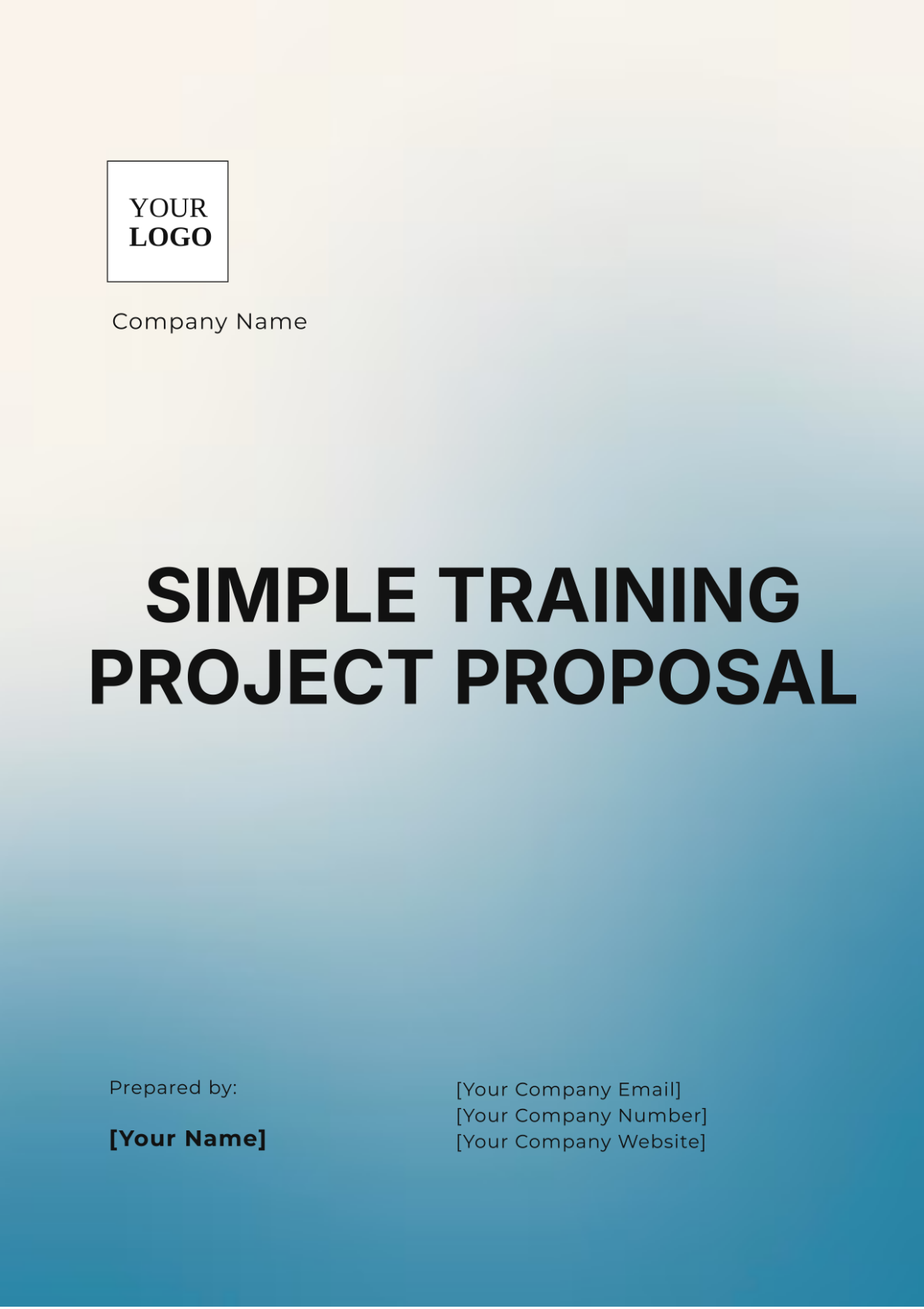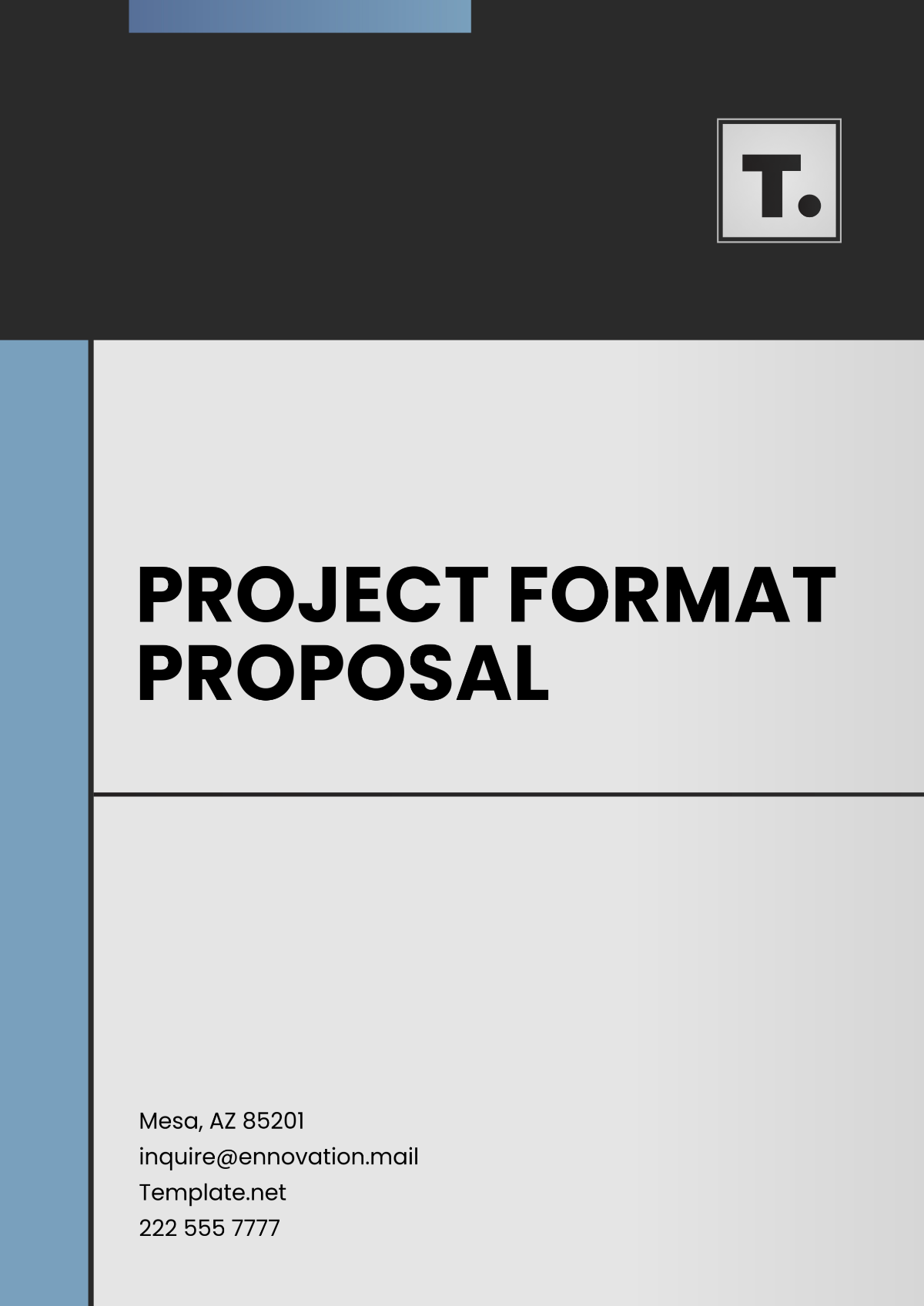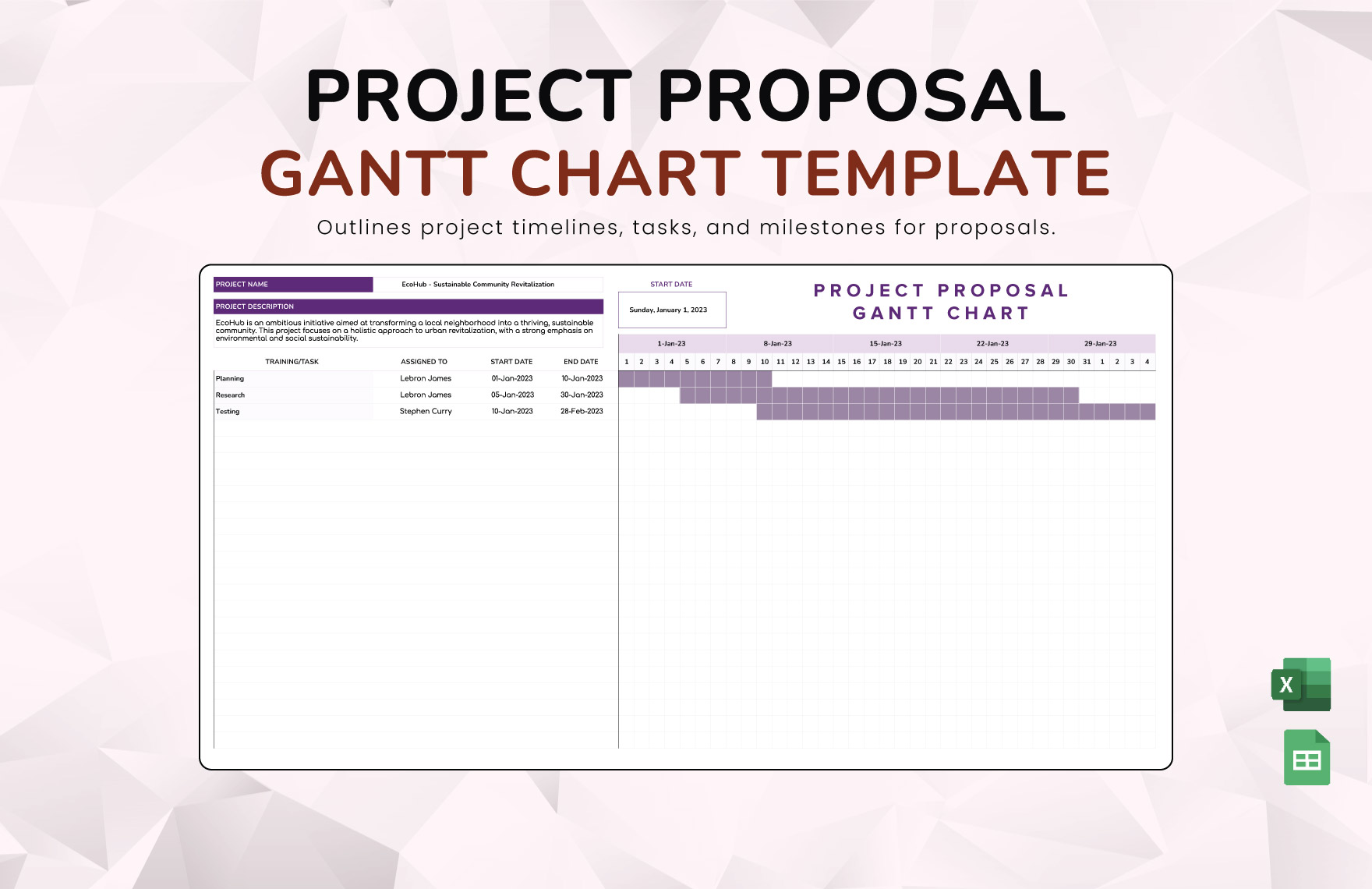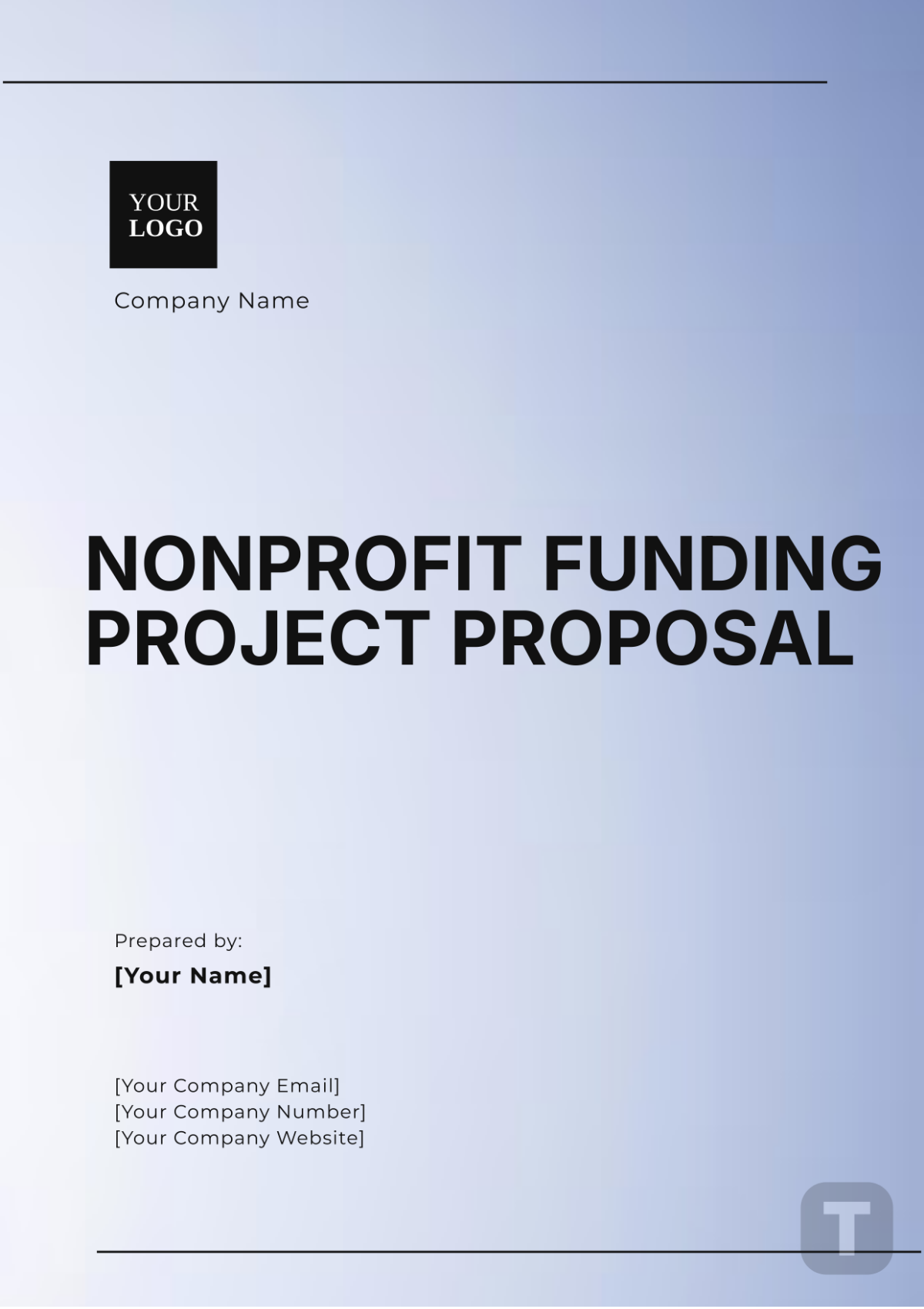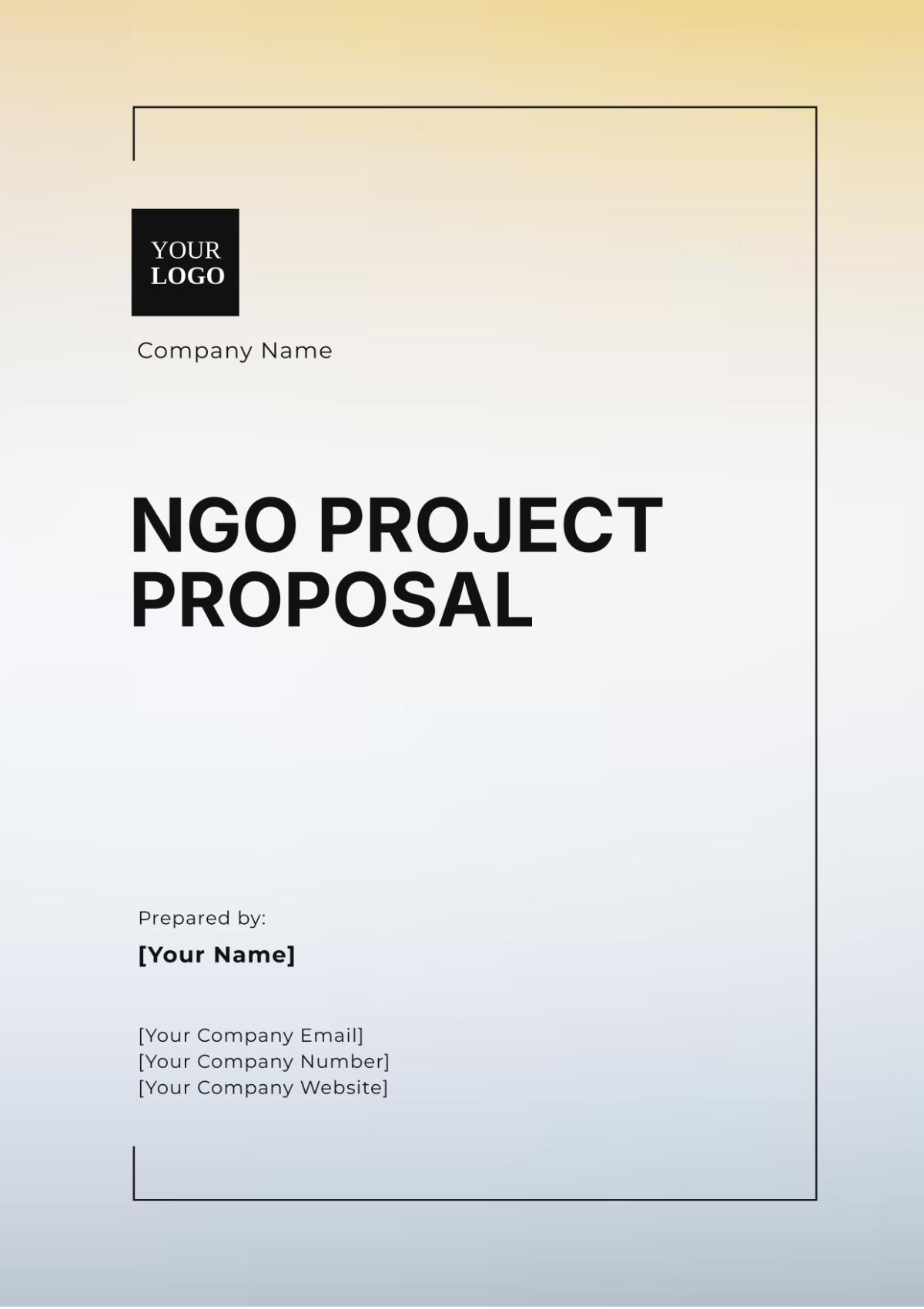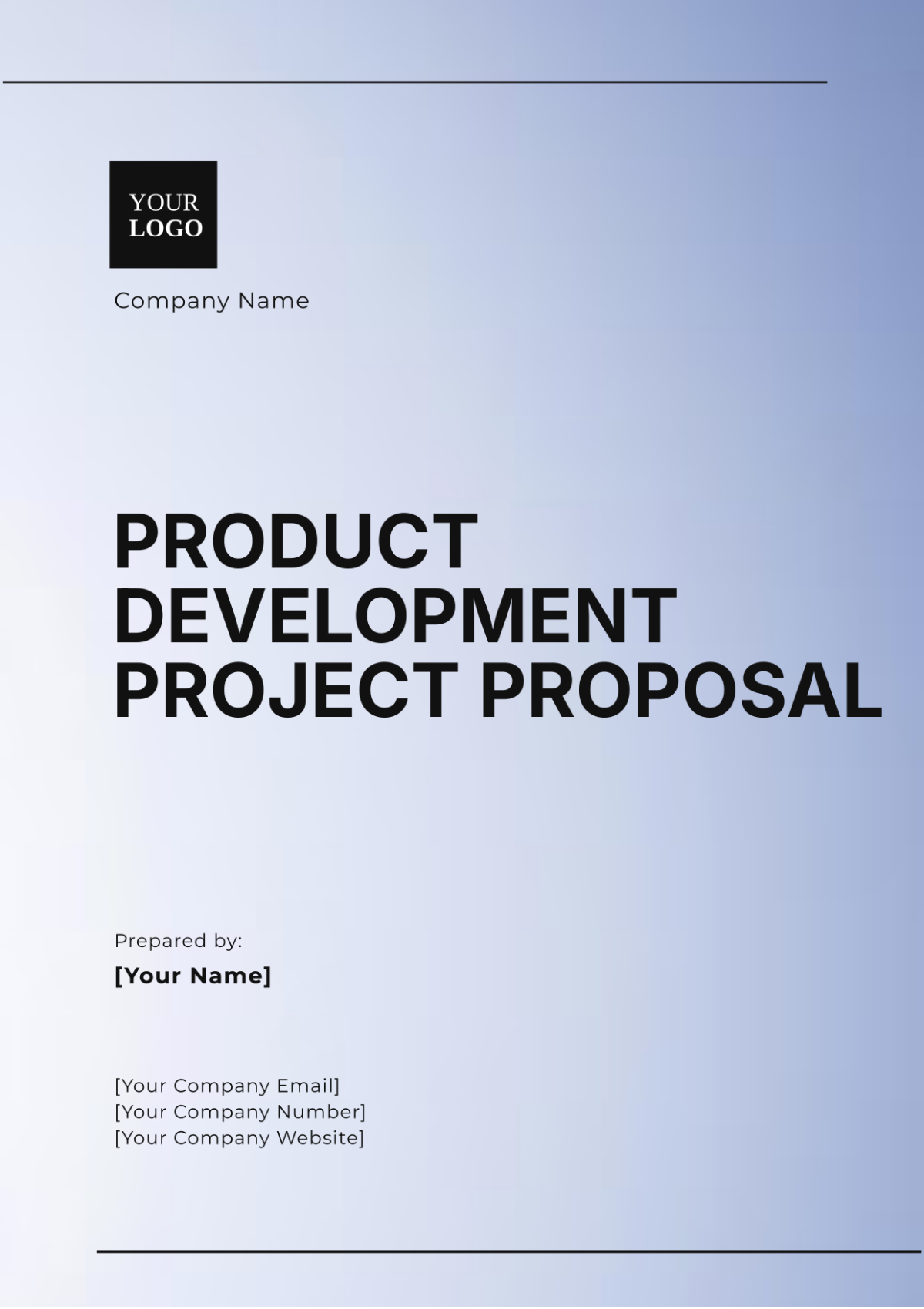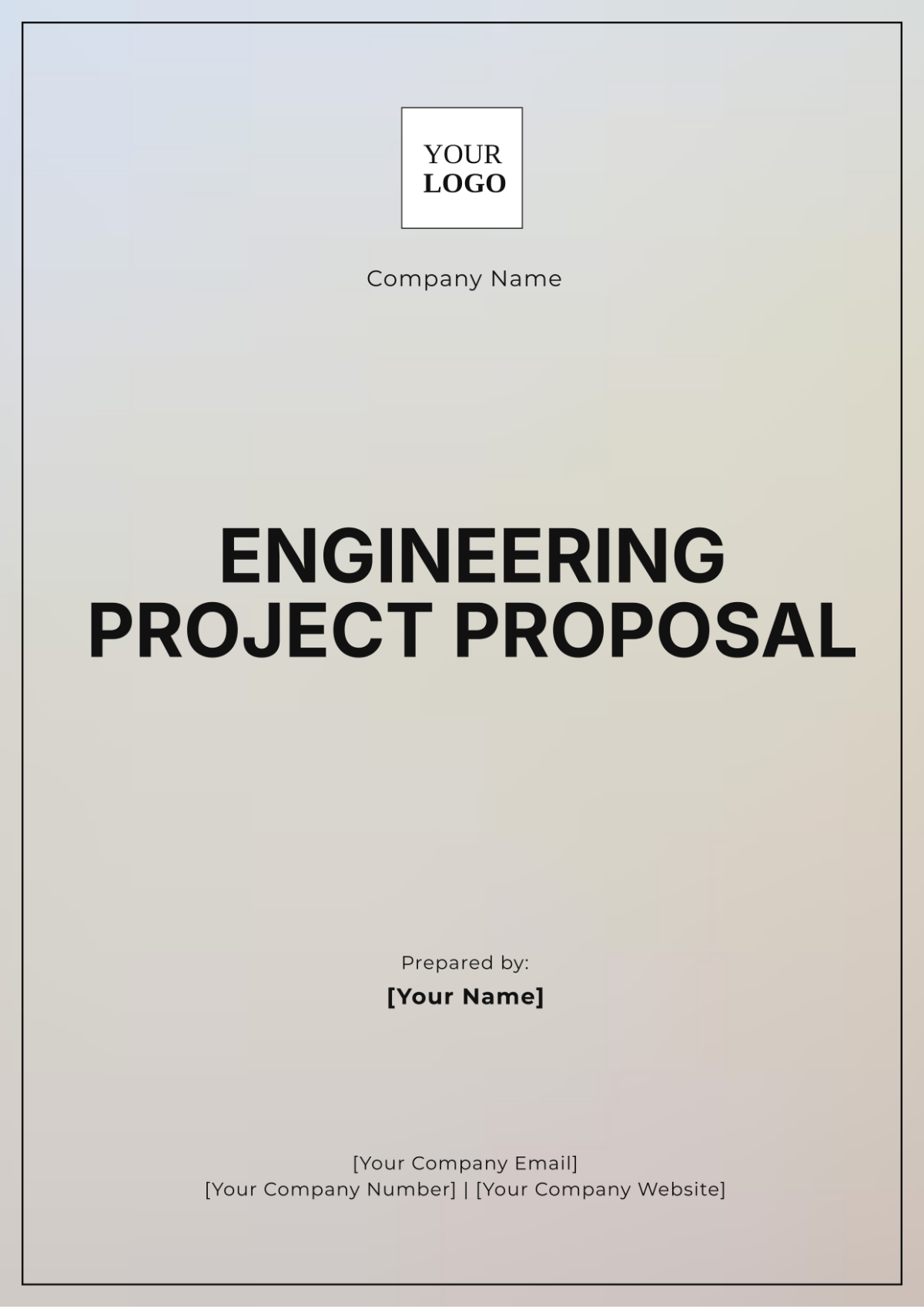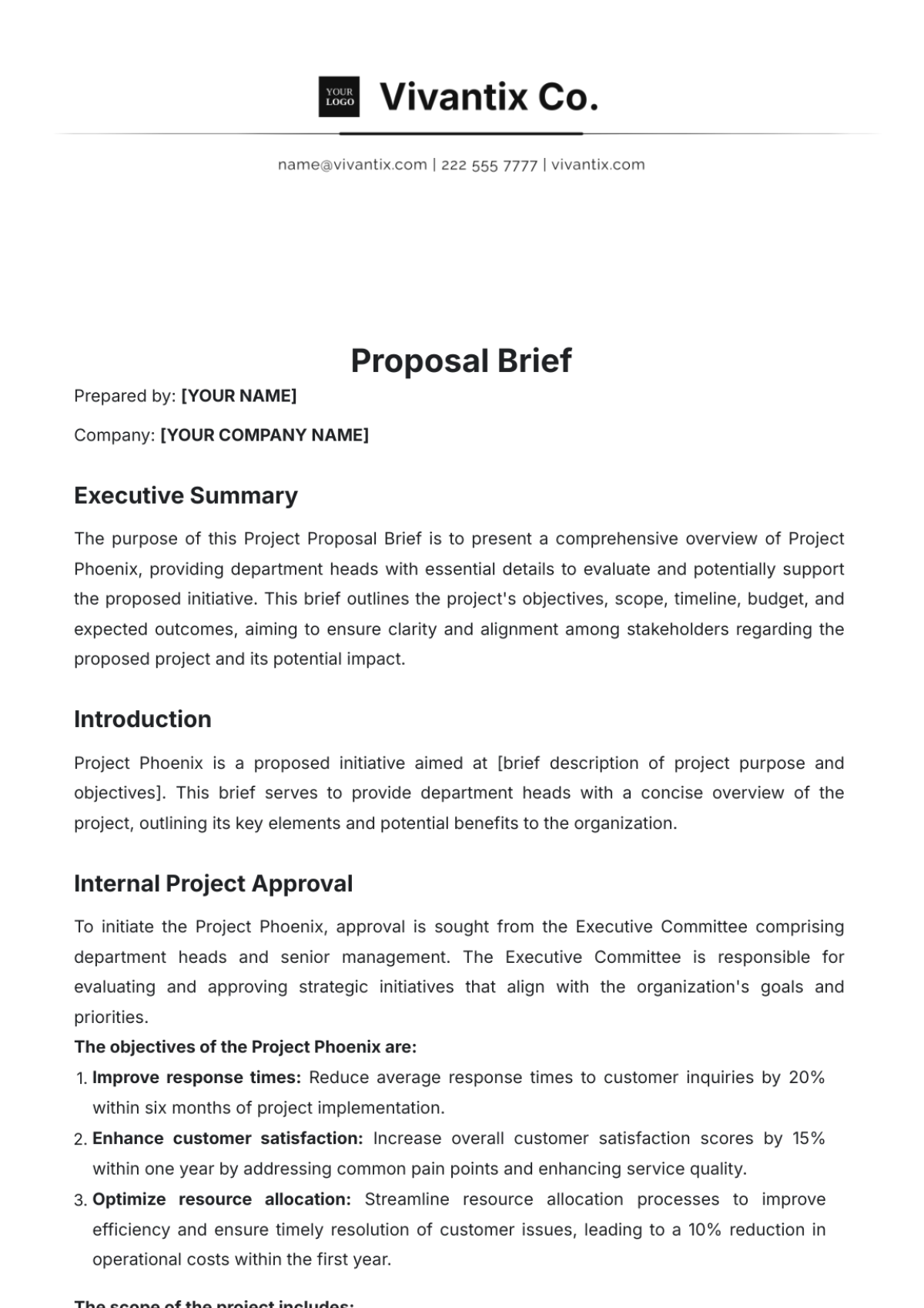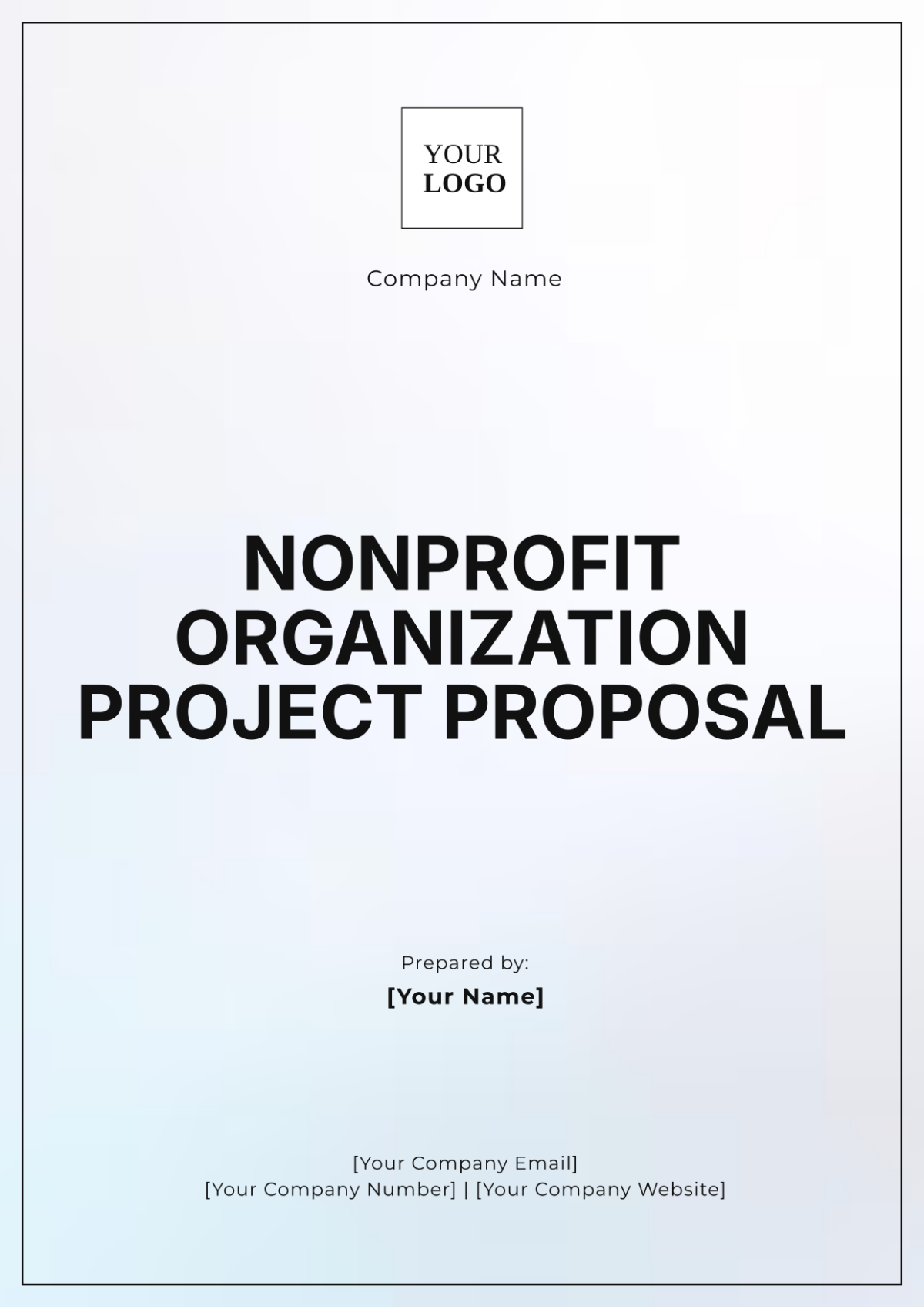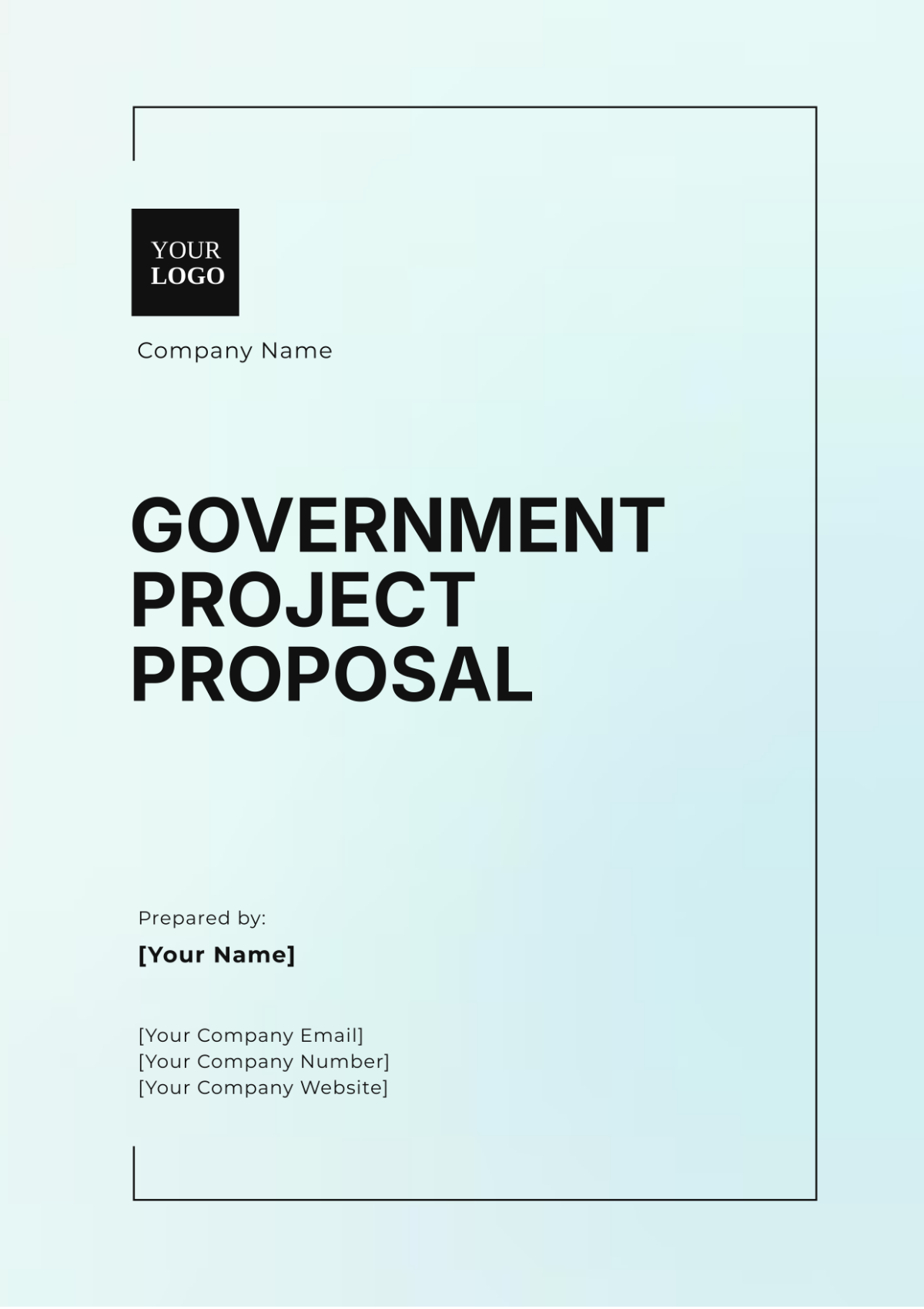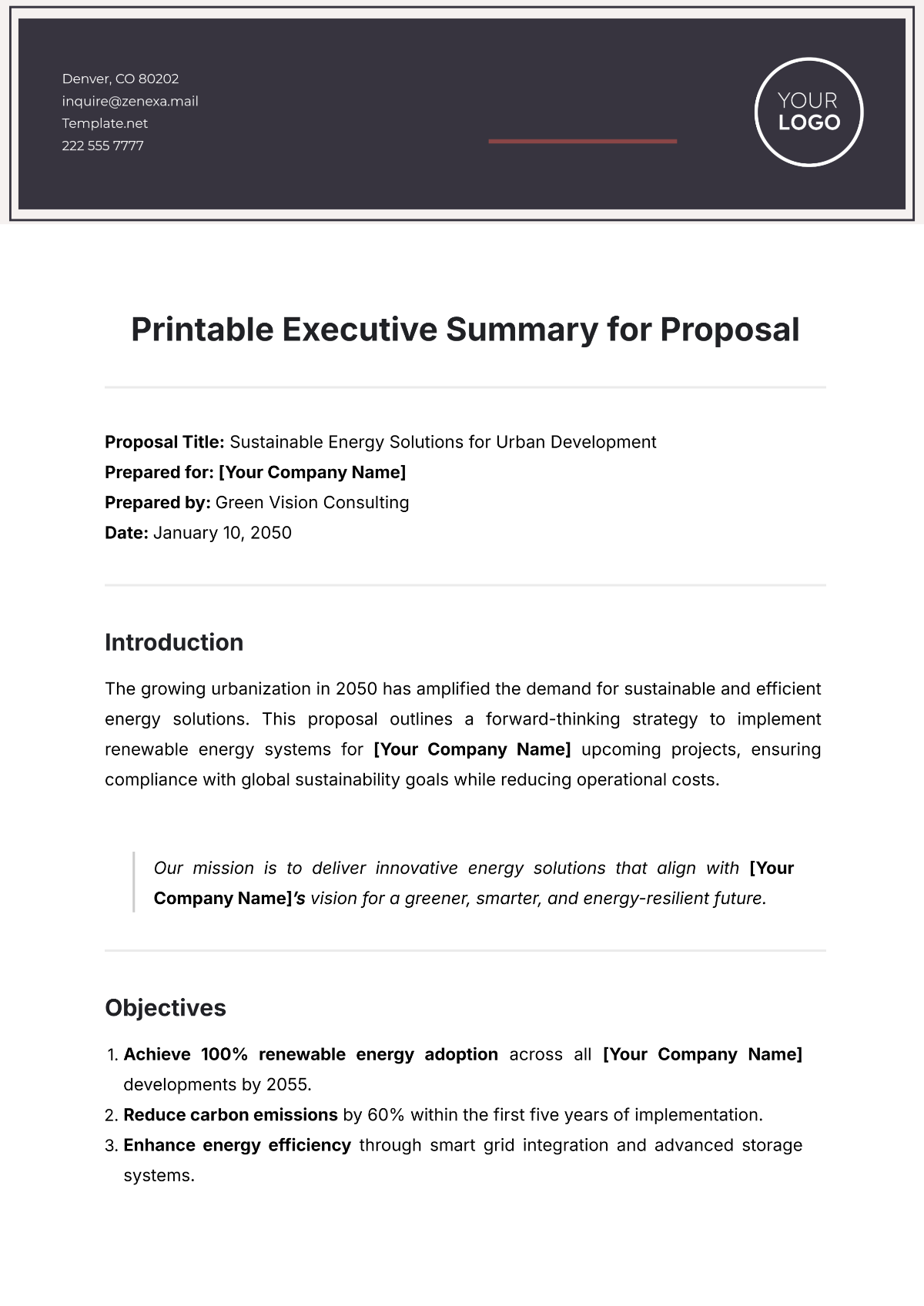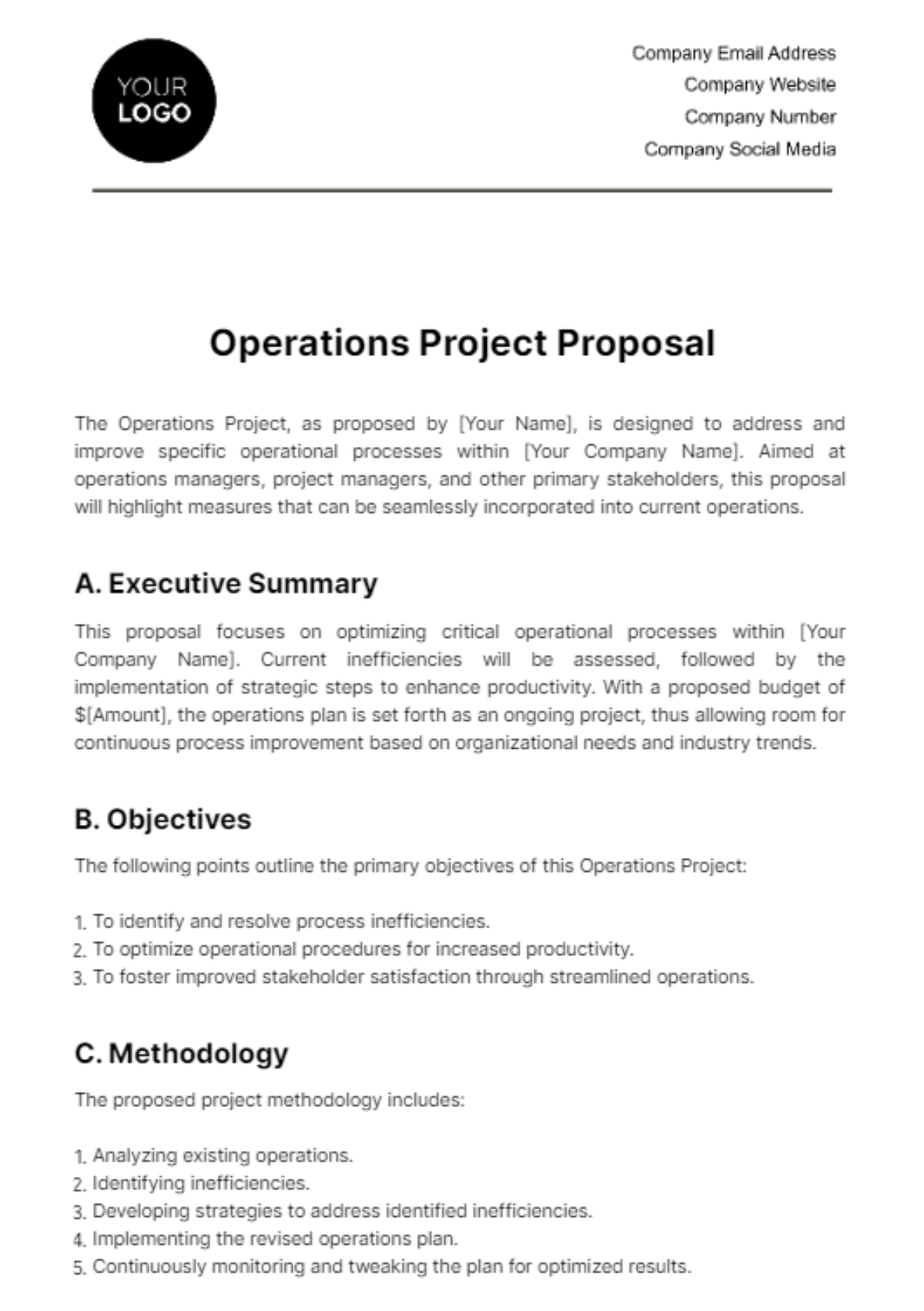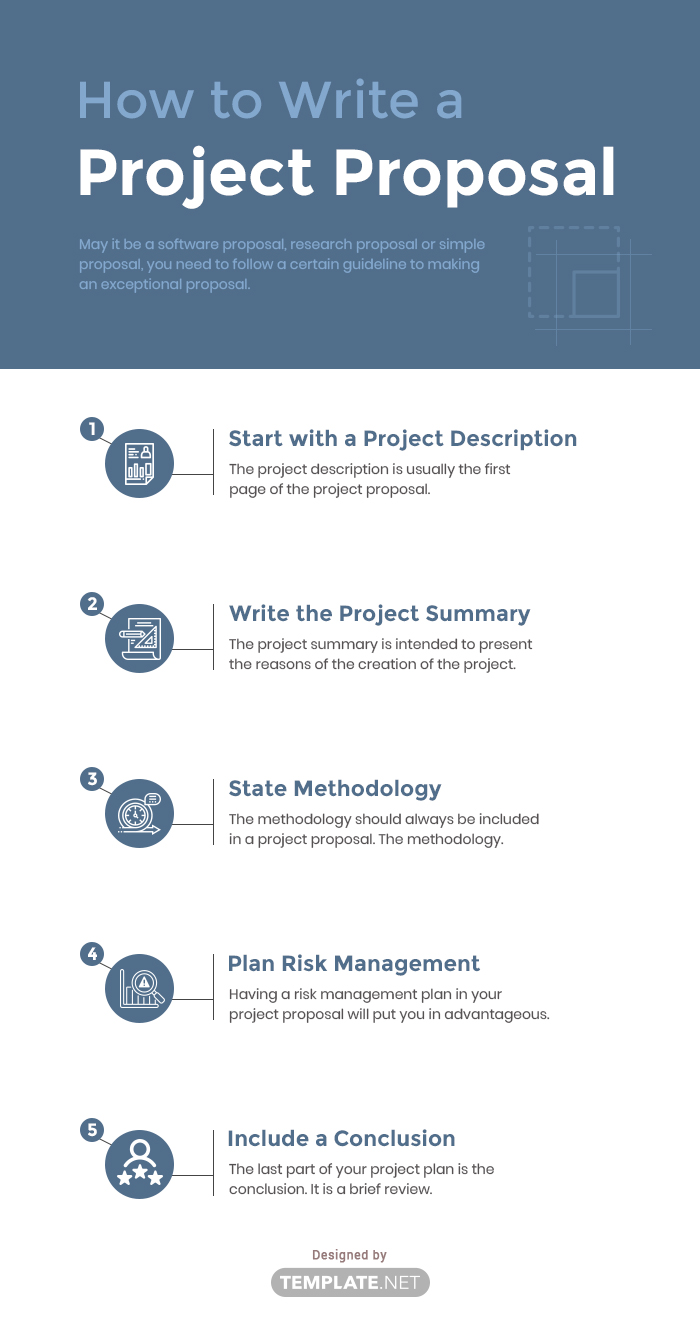May it be a software proposal, research proposal or simple proposal, you need to follow a certain guideline to making an exceptional proposal that your contributors will surely approve. According to Geneca.com, 73% of their respondents admit that their projects are "doomed right from the start". So, to avoid project failure, follow these full-proof steps in creating your project proposal.
1. Start with a Project Description
The project description is usually the first page of the project proposal. This is to provide a detailed image of the project that will convey the most important information on the project. Included in the project description are project title, project summary, project timeframe, name of the person who prepared the proposal, attached documentation, project contacts of those who were involved in the project.
2. Write the Project Summary
The project summary is intended to present the reasons for the creation of the project and as well as setting out all the goals. To win approval and attract corporate sponsors, it is important to write clearly and be straightforward. Before writing the summary, you have to keep in mind that it should include the who, what, why, when, where, and how questions. Some professionals would suggest it is best to write the project summary last.
3. State Methodology
The methodology should always be included in a project proposal. The methodology should give out a detailed plan for how the project is to be carried out. This is also the part of the proposal that will identify the course of action to remedy the issue and is intended to prove that appropriate research has been carried out. This section is broken down into three: the project approach, which states the overall requirements for the project; the task breakdown and timeframe, these establish the exact project schedule and actions to complete the project; and the project deliverables, which lists out the results you expect to see after the project has been closed.
4. Plan Risk Management
Having a risk management plan in your project proposal will put you in an advantageous place. Risk management assists in identifying the potential risks your project might face. Some sponsors know that proposals seldom includes everything necessary to accomplish the project in question. Enact how you will monitor the project's success throughout its entire cycle to show sponsors that the project won't go haywire when change happens.
5. Include a Conclusion
The last part of your project plan is the conclusion. It is a brief review of all the discussed points in the proposal. This is another opportunity to get approval from your sponsors. Make sure to impress your sponsor to get that approval.
